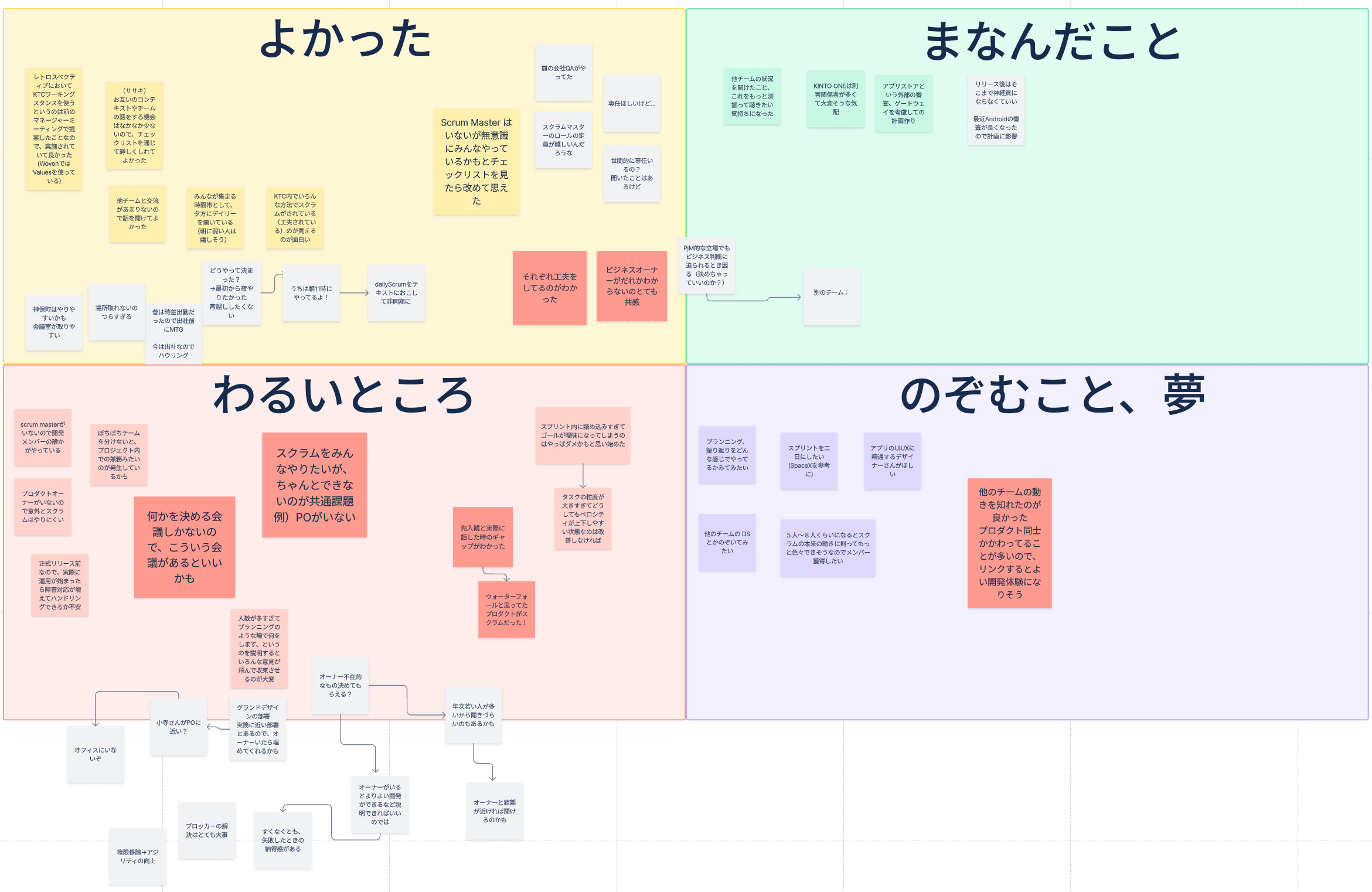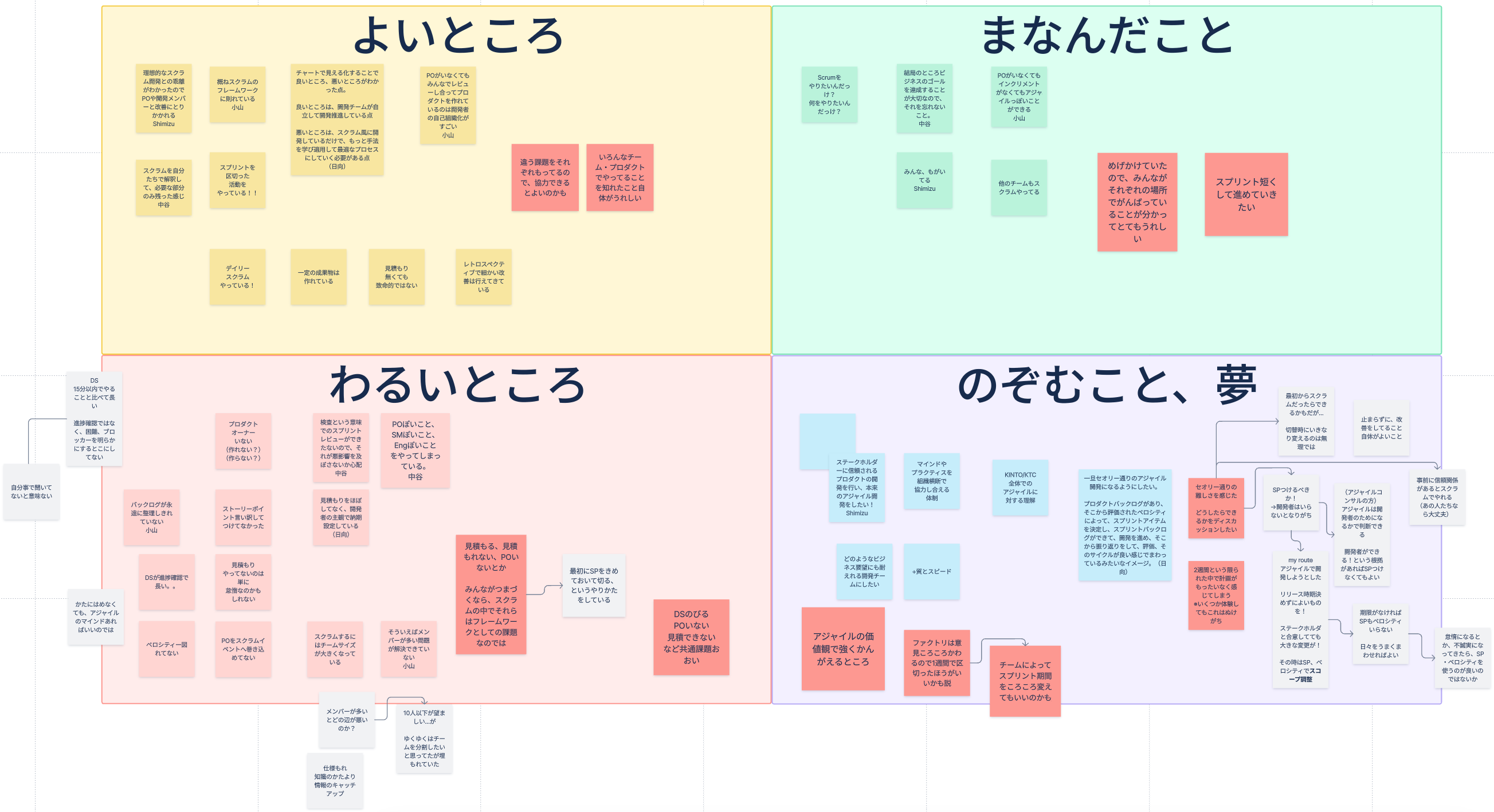僕たちアジャイル何合目?
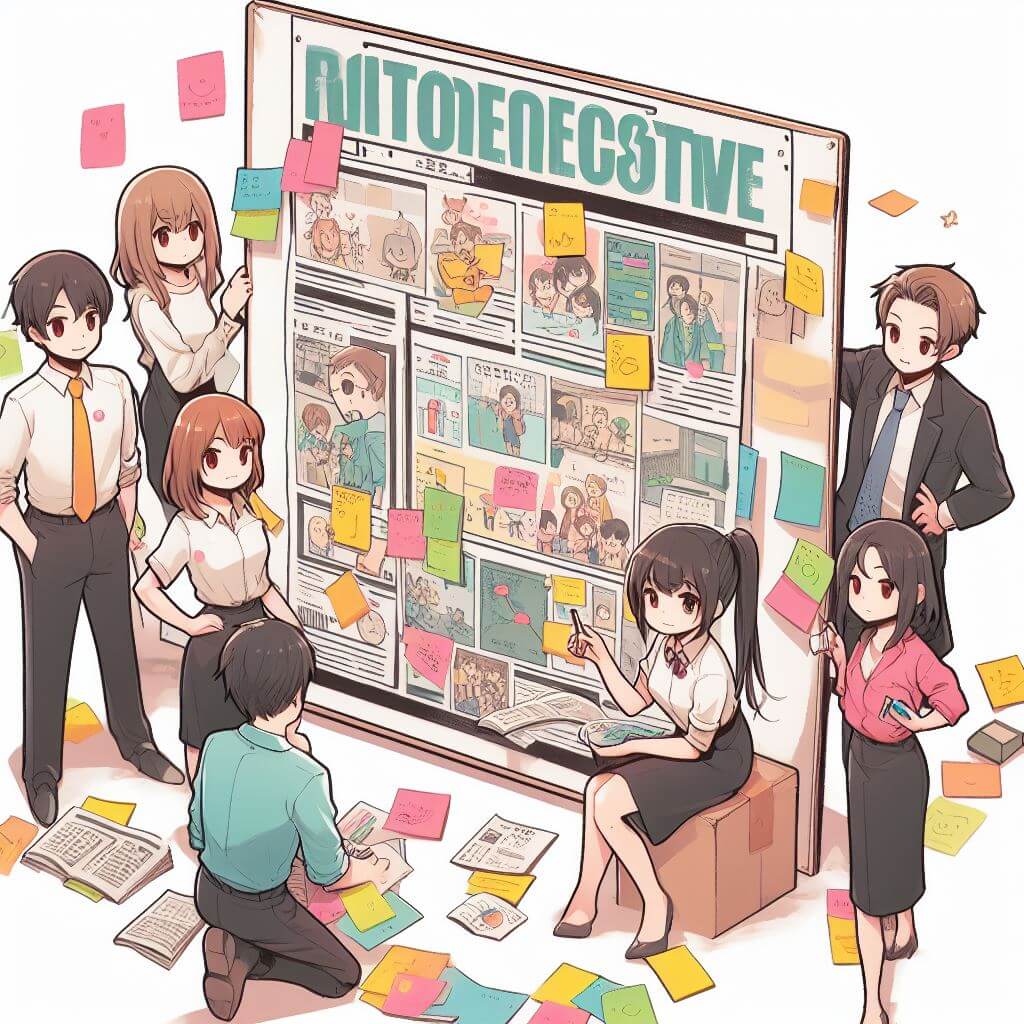
👋自己紹介
こんにちは!KINTOテクノロジーズのプロジェクト推進GでPjMをしている佐々木です。
これまでのキャリアでは、プログラマとして働いたり、PLとして設計したり、メンバを育成したり、PMっぽいこと(要件定義、ステークホルダー管理など)をしたりしていました。
前職では3年ほどチームみんなでアジャイルに取り組んでリアルカイゼンジャーニーをしていました。
アジャイル熱が強めなので、今日はアジャイル開発について記事を書かさせていただきます!
🚗トヨタとアジャイル
皆さんは、チームへどのようにアジャイル開発の流儀を取り込んでいるでしょうか。
新規サービスはスクラム、運用・保守業務はカンバンなど、アジャイル開発には様々な形があると思いますが、アジャイル開発を学んでいく上でリーン開発とその源流と言われているトヨタ生産方式(Toyota Production System)に出会った方は多いのではないでしょうか[*1]。
今回は、そんなトヨタグループの一員であるKINTOテクノロジーズのアジャイルへの取り組みを見える化してみようと思います。
そして、見える化を通じて社内でアジャイルに取り組んでいる皆さんが新たな気づきを得る手助けができればと思います。
[*1] トヨタの話を引用しているアジャイル本達
やりかた
- スクラムチェックリストで各チームのスクラム度を定量的に見える化
- 1の結果を眺めながらディスカッション
- 今後やりたいことをゆるく表明
まずはスクラムチェックリストを用いてスクラムの切り口でスクラムの各指標をどれくらいできているかを見える化します。
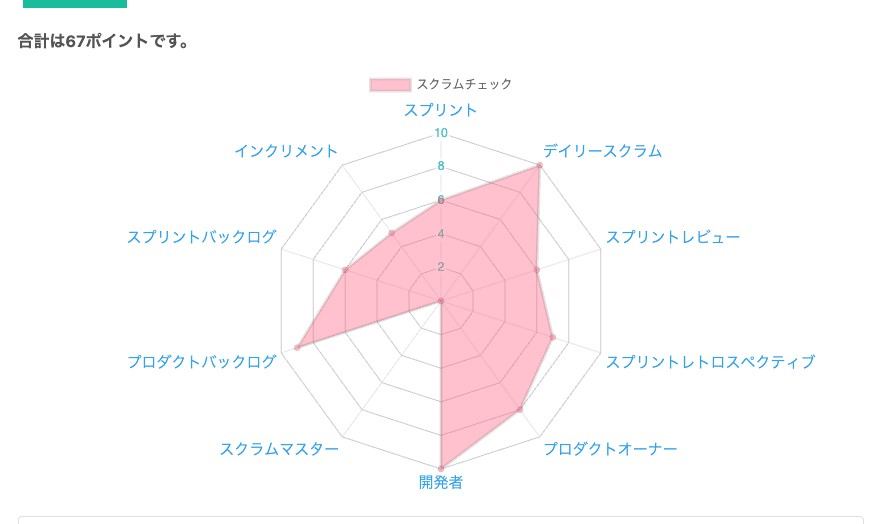
見える化できたら、ディスカッションを行います。
ディスカッションには4Lふりかえりのフレームワークを使います。
スクラムチェックリストの使用上の注意点
配布されているスクラムチェックリストには注意書きがあります。
他のチームと比較して評価に使ったりはしないでください
他のチームと比較して一喜一憂するものではありませんので、あくまで似たようなコンテクストでしゃべるためのきっかけとして使っています。
本記事と似たような使い方をする際は、管理者や評価者としての使用は避け、節度のある大人なメンバ間でおつかいください。
🎉参加メンバ
社内でスクラムマスター(もしくは似た立場)でスクラムやアジャイルっぽくチーム運営している方にお声をかけて協力を募り、10チーム(10名)の方々に集まっていただきました!
皆さん、お忙しいところご協力いただき、ありがとうございます!
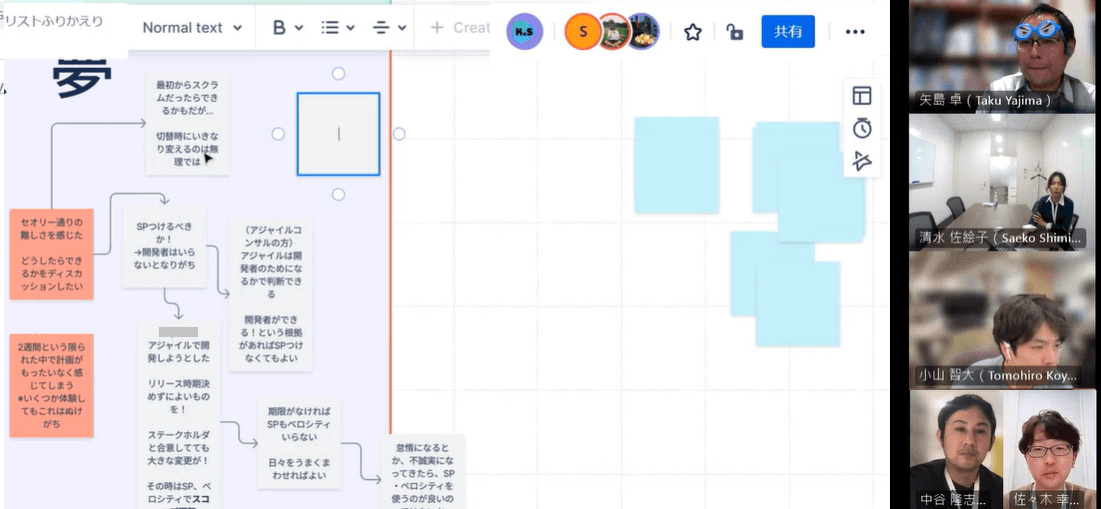
やってみた
✅スクラムチェックリスト
いろいろな形のチャートができました。
「ウォーターフォールに近いがスクラムイベントを回してる」、「自分では課題を感じていたが点数は高めに出た」などチームの状況によって多種多様な結果となりました。
また「スクラムマスターを置いていないけど開発者同士でスクラムイベントを持ち回りで回している」、「プロダクトバックログにはおこせていないがオーナーとの関係は良好」といったように、点数が低い指標があっても現状重めの課題がないチームもありました。
お互い得意な部分が違うので、自分が苦手な指標について他チームに教えてもらうような使い方もできそうですね。グループAはバックログを整理しているチームが多く、グループBではバックログに課題を感じていたチームが多かったです。バックログ整理の知見が交換できるかも…👀

📒ふりかえり(4Lふりかえり)
2グループに分かれてふりかえりを実施しました。
これまでのキャリアでは発言を引き出すための工夫を凝らしたりしましたが、KINTOテクノロジーズでは5~8分程度でボードがすぐに埋まり、意見が活発な印象をうけました。
赤い付箋は、ほかの人の付箋を見たうえでの皆さんの感想です。
※今回はきんちゃんの勧めでConfuruenceに新しく追加されたWhiteBoardを使用しました。
付箋をそのままJIRAチケットに変換することができ、アクションアイテムの整理に活用できそうです。
🚩ふりかえり結果
複数声が聞こえたものをピックアップしてご紹介します。
PO(プロダクトオーナー)との関係を強めることでサービスに生かしたい、アジリティを上げたいという意見が多くきかれました。自己組織化が進んでいるチームが多い印象をうけました。
よかったこと
- 見える化することでチームの良いところ、悪いところを知ることができた
- 理想的なスクラムとの乖離している部分を知ることができた
- 開発者が責任をもって自律的に仕事できている(自己組織的)
かけていること
- POが不在だったり、POがいてもスクラムイベントに巻き込めていない
- SP(ストーリーポイント)の設定、見積がうまくできていない
- チーム人数が多くなってきたので、チームの分割が必要
学んだこと
- 社内のいろんなチーム・プロダクトでのアジャイルの取り組みを知ることができた
- チームの状況に応じてスプリント期間を短く・長くしてもよい
みんなが今後やりたいこと(抜粋)
アクションアイテム…とまではいきませんが、ゆるく決意表明していただきました。
- スプリント期間の見直し
- チームの分割
- POとのコミュニケーションの強化
💭感想
入社2か月目の自分の呼びかけにも関わらず、部署も拠点も違う皆さんに参加していただけた事に本当に驚いています(初対面の方もいました)。ご協力いただいた方、本当にありがとうございました。
社内のアジャイルに取り組んでいる人たちに集まっていただくことで、ファシリーテータとして以下のような発見や学びを得ました。
- スクラムチェックリストを使うことで、チームのスクラム度を定量的に見える化することができる
- 取り組み度合が違うチーム同士の話を聞くことで、改善のきっかけが得られたり自分の活動に勇気をもつことができる
- 各チームのスクラムマスター同士がつながることで、課題の相談先を見つけることができる
- 組織としての共通課題が見つかった(POとのコミュニケーション強化やチーム分割の必要性)
当日はファシリテーションに徹していたのでリアクション薄めでしたが、参加者の「めげかけていたが、みんなの活動を知れて励まされた」という声をお聞きした時、涙ぐみそうになりました。
私は、これまでのキャリアでアジャイルの課題にぶつかった時には、解決方法や共感を外部の勉強会や本で補充していました。社内でこうしたもやもやを共有できたり、課題を相談する相手がいるのは素晴らしいことだと思います。
🏔まとめ:僕たちアジャイル何合目?
KINTOテクノロジーズでは、大規模プロジェクトはウォーターフォールで進めたり、開発の性質に応じて柔軟に開発スタイルが決まります。今回はスクラムという切り口で社内のアジャイル度を見える化してみましたが、それぞれのチームで色んなアジャイルへの取り組み方や課題があることがわかりました。
なので…アジャイル何合目?という問いに対し「これ!」という答えは出ませんでした!(スミマセン)
しかしながら、スクラムマスター同士がつながることで、更にみんなでアジャイルの道を進めた気がします!
✨今後やりたいこと
私はプロジェクト推進Gという横断系のチームにいます。
入社したばかりなのでおこがましいですが、これをきっかけにスクラムオブスクラムズのような取り組みや、ふりかえりのふりかえり会(チームの改善をスクラムマスター同士で共有する会)など、チームを横断した開発を促進する手助けができればいいなぁと考えています。
さて、アジャイルサムライの最後は「アジャイルであるかなんて気にしない」という言葉で締めくくられています。
これからも自分のできる範囲でカイゼンを続け、アジャイル山をみんなで登り続けたいと思います!
Be Agile!記事をお読みいただきありがとうございました。
関連記事 | Related Posts

Scrum Kaizen Through Charts

Introduction to Agile SaaS: The Secrets to Achieving Maximum Results Quickly with Minimal Workload

Getting Agile People on Board and Getting Things Rolling: Prologue
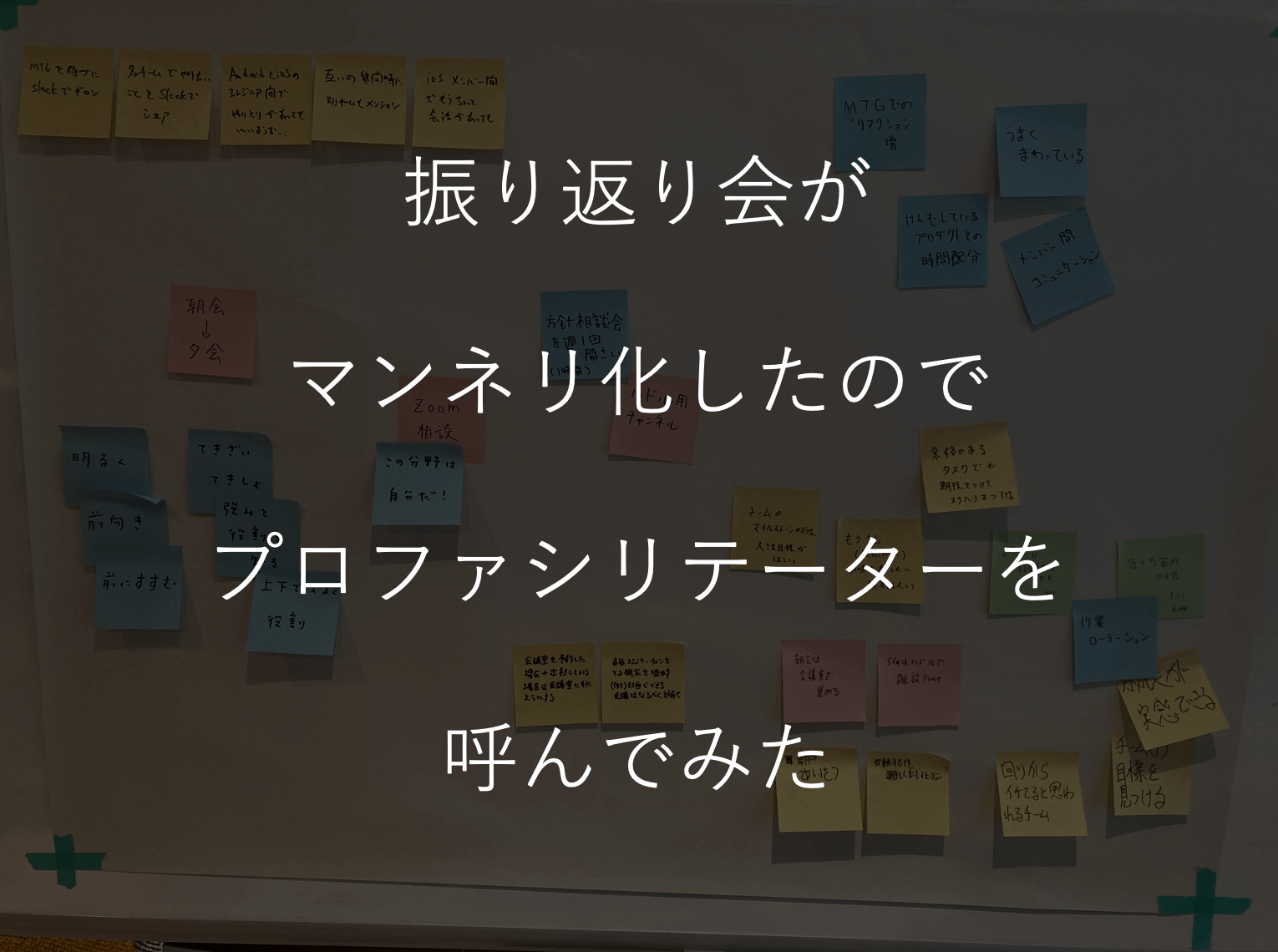
Revitalizing Retrospectives Through Professional Facilitators

Exploring the Ability to be a Self-Reliant Person

How an iOS Engineer Became a Certified Scrum Master
We are hiring!
【PjM】KINTO開発推進G/東京
KINTO開発部 KINTO開発推進グループについて◉KINTO開発部 :58名 - KINTOバックエンドG:17名 - KINTO開発推進G:8名★ ←こちらの配属になります - KINTOフロントエンドG:19名 - KINTOプロダクトマネジメントG:5名 - KI...
【UI/UXデザイナー】クリエイティブ室/東京・大阪・福岡
クリエイティブGについてKINTOやトヨタが抱えている課題やサービスの状況に応じて、色々なプロジェクトが発生しそれにクリエイティブ力で応えるグループです。所属しているメンバーはそれぞれ異なる技術や経験を持っているので、クリエイティブの側面からサービスの改善案を出し、周りを巻き込みながらプロジェクトを進めています。
